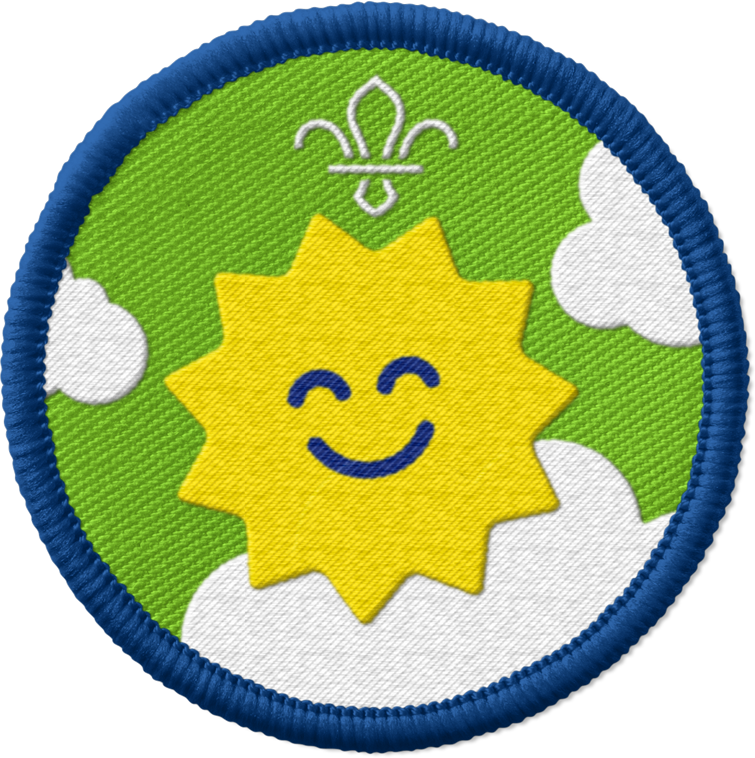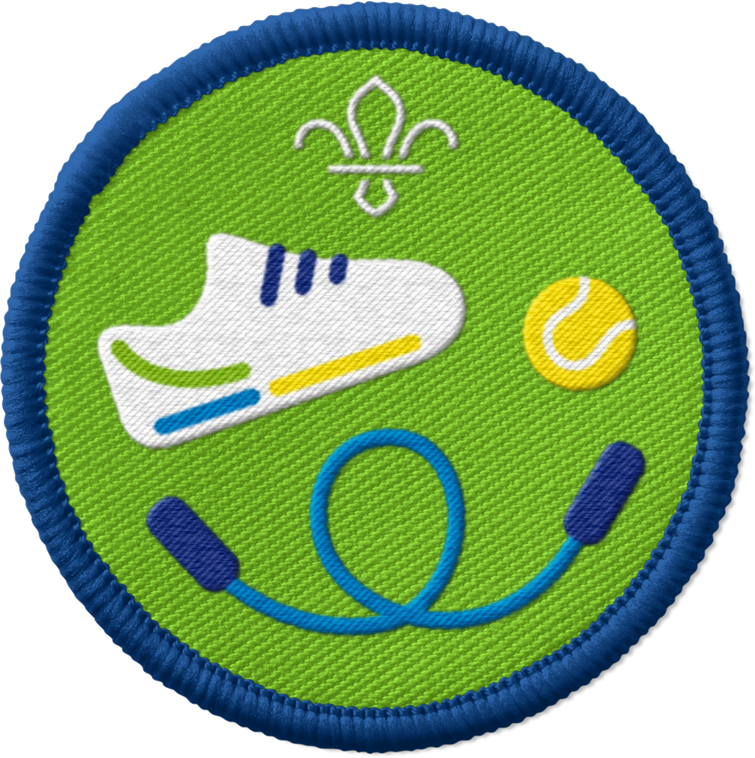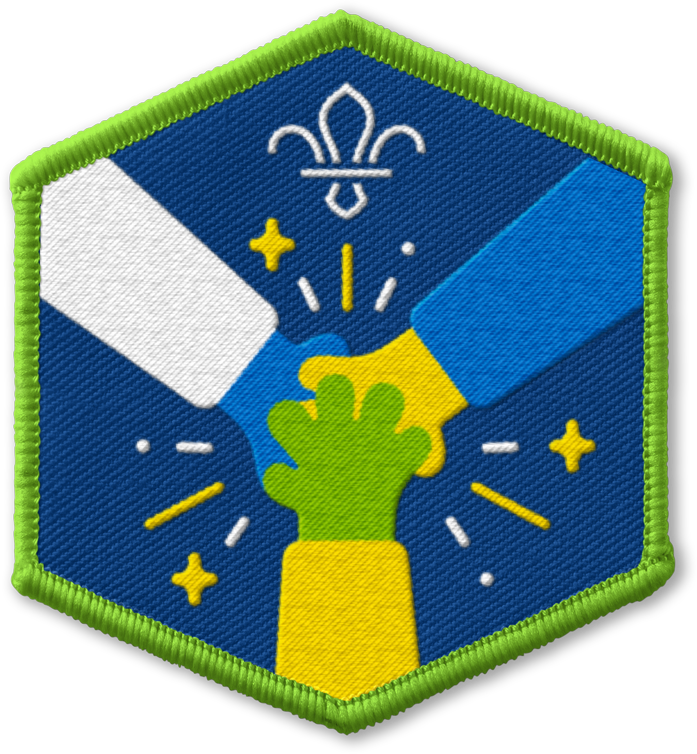
Express yourself
You’ll need
- Cones or hula hoops
This activity was created with our friends at Boing Kids. Boing is all about giving children the tools they need to explore the world around them and solve problems in a fun way. They support people to create playful, active, and inclusive spaces that develop children’s physical literacy. Physical literacy means understanding how you interact with the world around you – it involves concepts like reacting to objects, moving creatively, and interacting with other people.
Before you begin
- Use the safety checklist to help you plan and risk assess your activity. Additional help to carry out your risk assessment, including examples can be found here. Don’t forget to make sure all young people and adults involved in the activity know how to take part safely.
- Make sure you’ll have enough adult helpers. You may need some parents and carers to help if you’re short on helpers.
Setting up the game
- Mark out a large circle with cones or hoops.
- Come up with a list of emotive situations (or read the ones below).
Express yourself
- Everyone should stand by a cone ready to start the game.
- The person leading the game should shout out a situation that’s likely to make people feel something.
- Situations could include ‘playing this game’ or ‘eating your favourite food’. We’ve included some examples below. Try to use a variety of situations to encourage a range of emotions.
- Everyone should think about how that situation would make them feel. They should choose a cone somewhere else in the circle to move to, and move to it using their body to express their emotions. For example, they could skip to show happiness, jump to show excitement, or walk hunched over to show sadness. There’s no right or wrong answer here – anything goes!
- Once everyone’s got the hang of the game, people should take it in turns to shout out their own situations for everyone to react to.
- Playing a fun game
- Eating your favourite food
- Someone calling you a mean name
- Seeing your friends
- Going to bed early
- Having a birthday party
- Going home after Cubs or Beavers
- Helping each other
The key to learning through games isn’t winning or losing. It’s creating the right atmosphere. Try to create a space where everyone feels confident trying new things, finding out what works, and learning from what doesn’t work. Sometimes things might feel a bit chaotic – as long as everyone’s enjoying themselves and getting involved, you’re onto a winner.
There are three things you can change to get the right atmosphere: the task, the environment, or the individual.
If a game’s too easy (or it feels a bit boring), you could:
- make the task harder
- make the game area smaller
- add more obstacles
- give individuals different roles to do.
If a game feels too chaotic or difficult, you could:
- make the task simpler
- remove or change some equipment
- ask people to work together.
Reflection
Take the time to think about what you did and why – you’ll be amazed at what you learn. Try out a quick, active reflection from our reflective toolkit to lock in the great things you tried and learned in this activity.
Safety
All activities must be safely managed. You must complete a thorough risk assessment and take appropriate steps to reduce risk. Use the safety checklist to help you plan and risk assess your activity. Always get approval for the activity, and have suitable supervision and an InTouch process.
- Active games
The game area should be free of hazards. Explain the rules of the game clearly and have a clear way to communicate that the game must stop when needed. Take a look at our guidance on running active games safely.
Everyone could get into pairs and spend 10 seconds chatting about each situation and how they can express it in the same way as they move.
Simplify the game by calling out the emotions instead of situations.
- Make sure the equipment is laid out with enough space for everyone, including anyone using a mobility aid.
- Group members can call out emotions or use facial expressions instead of acting them out.
All Scout activities should be inclusive and accessible.
Try out some more active games and get your body moving with our activity finder.




